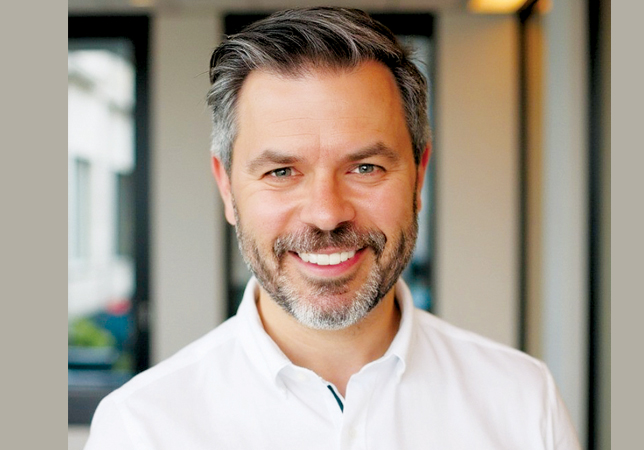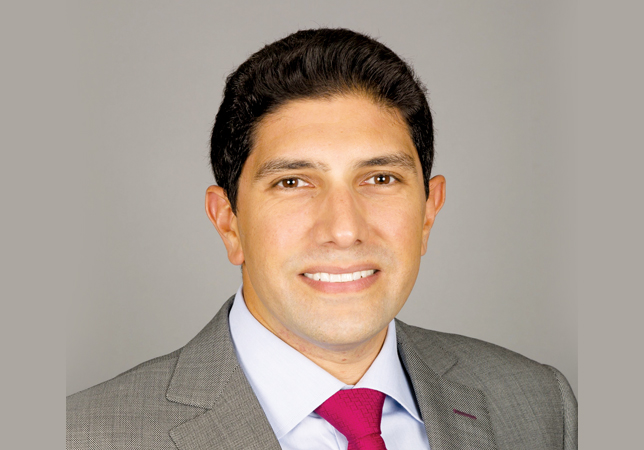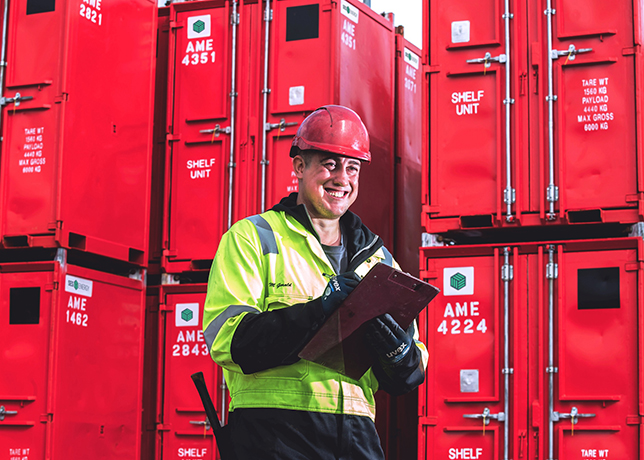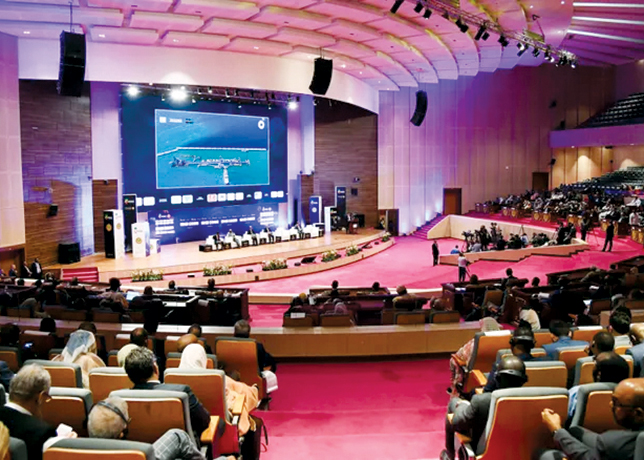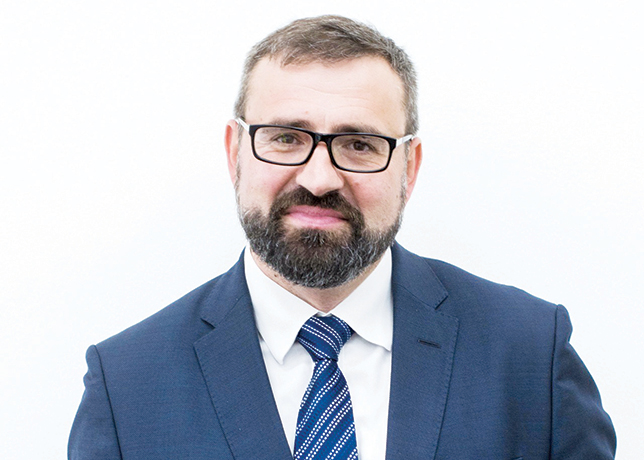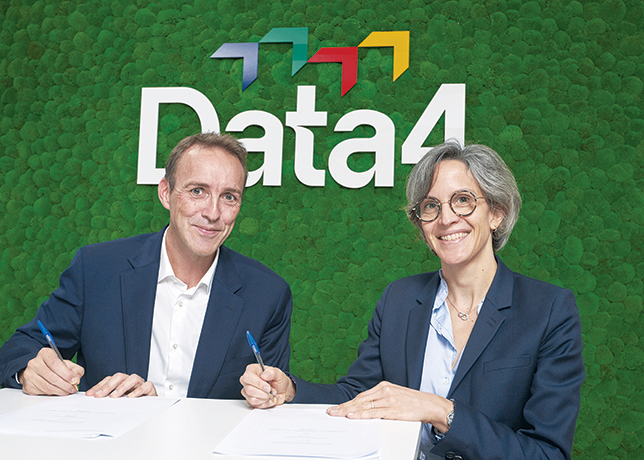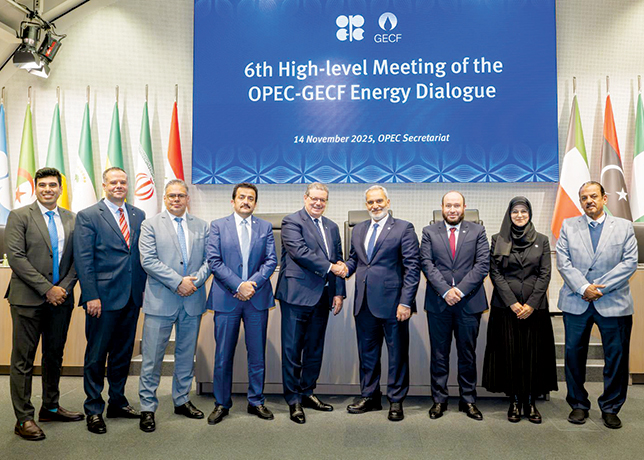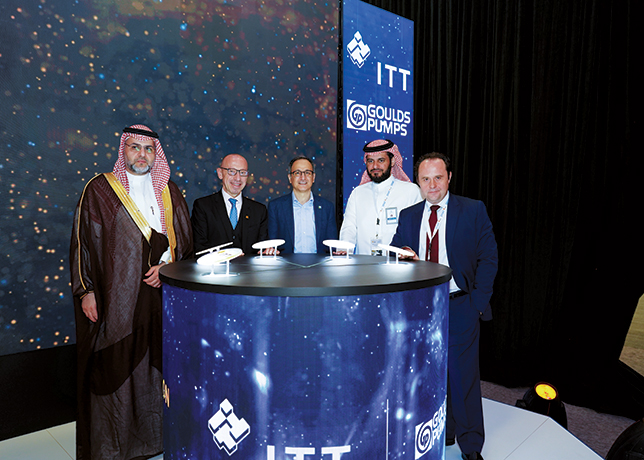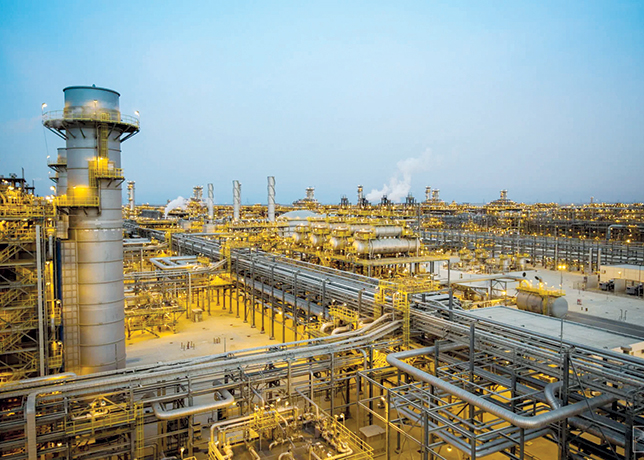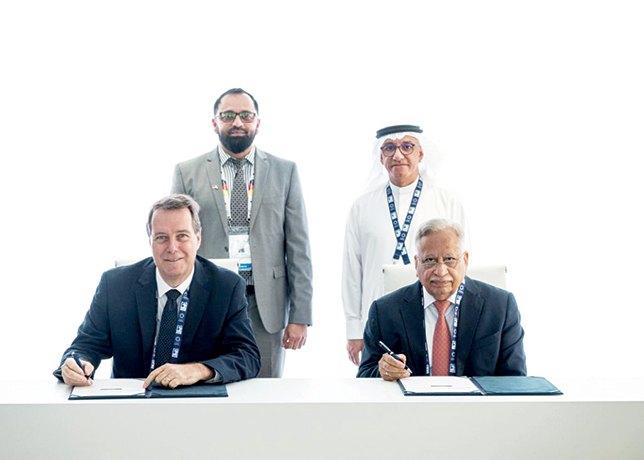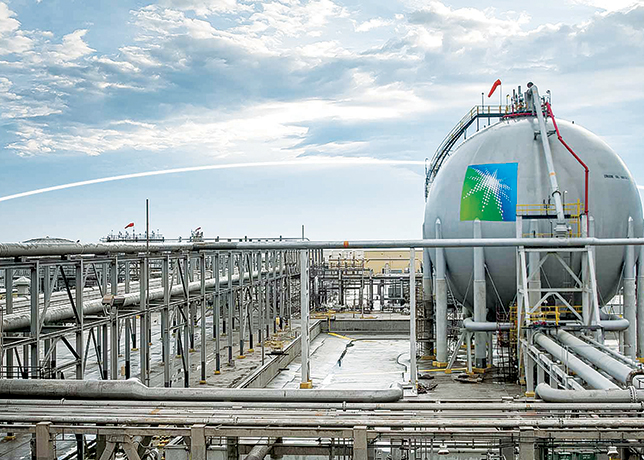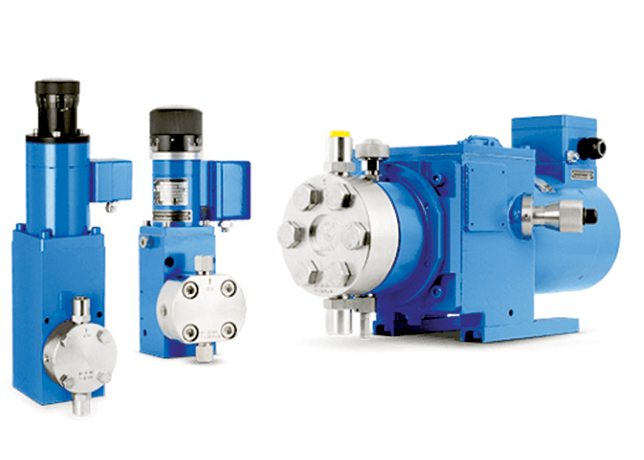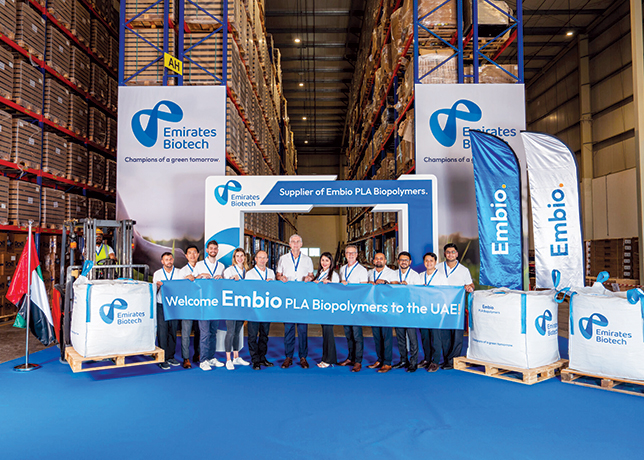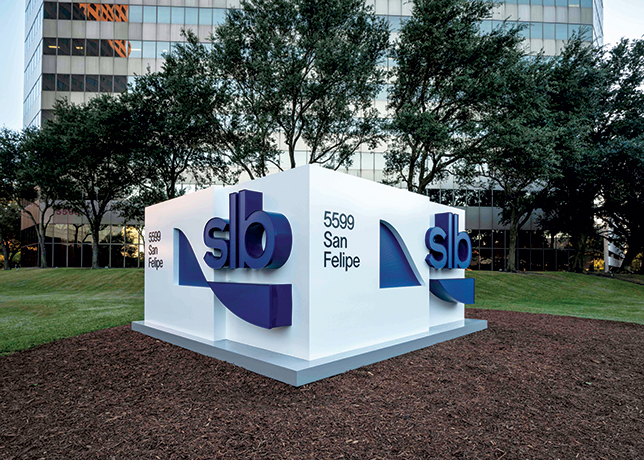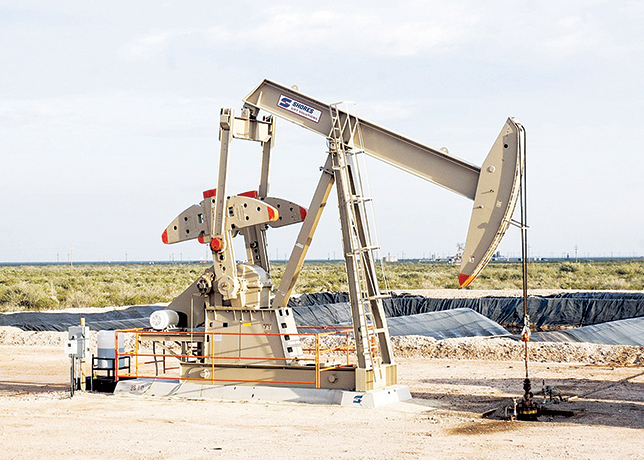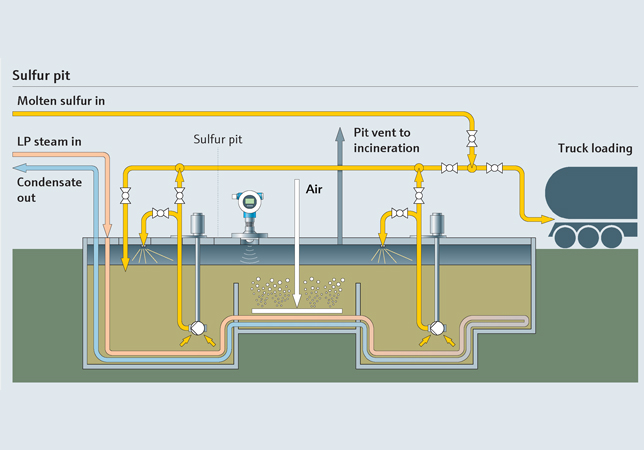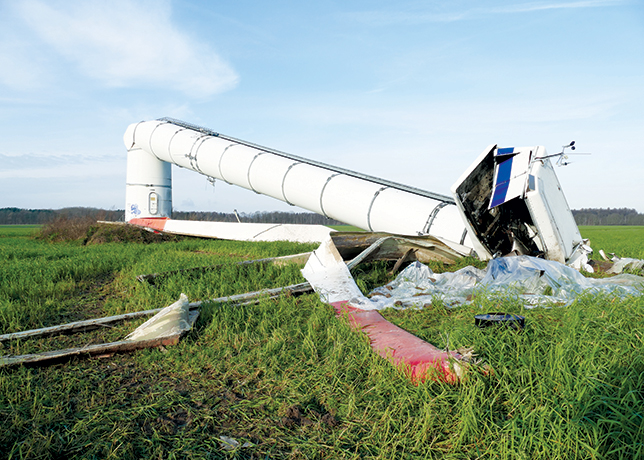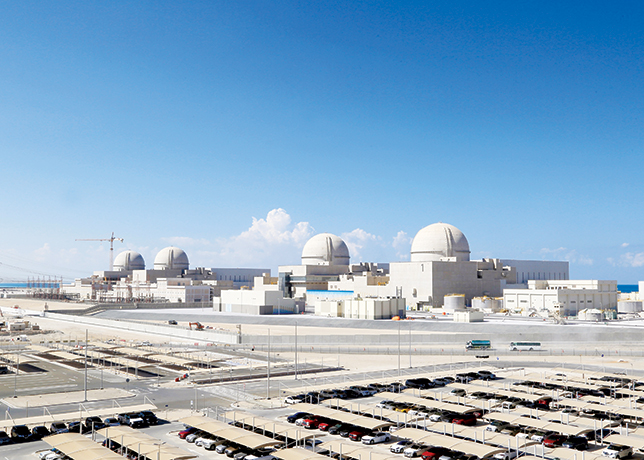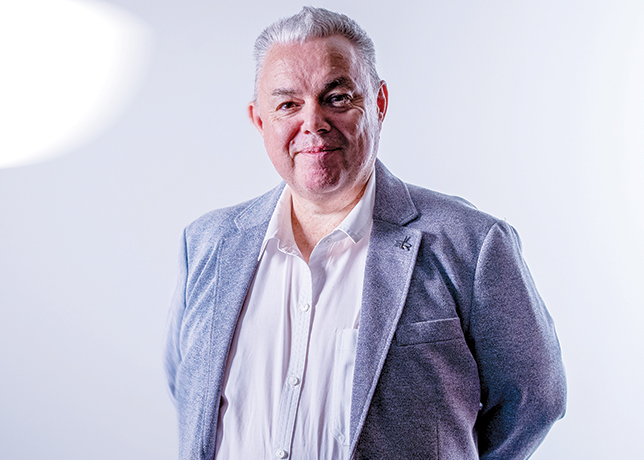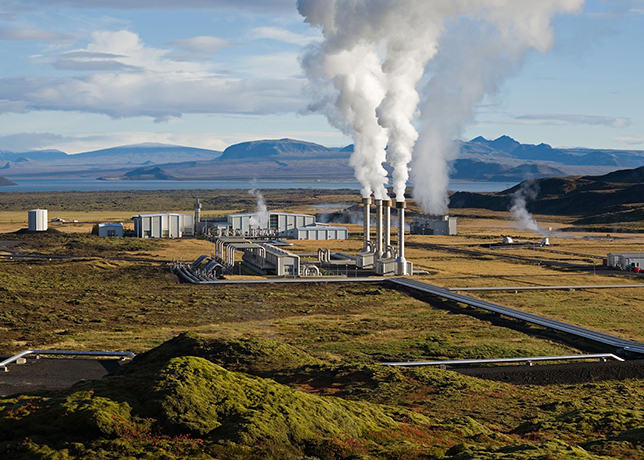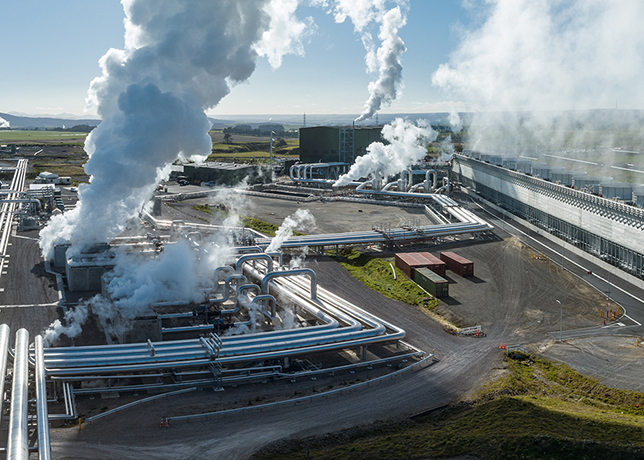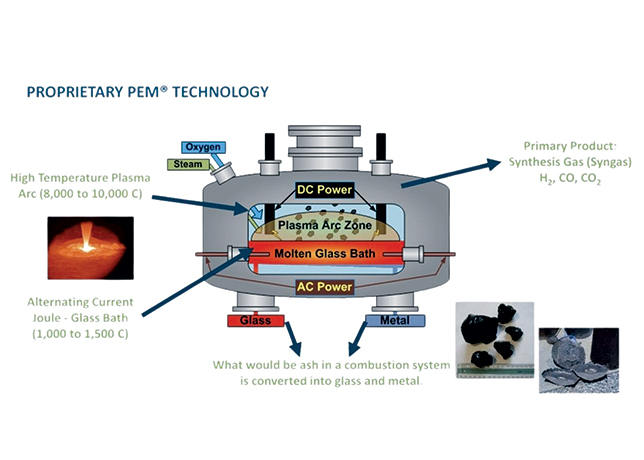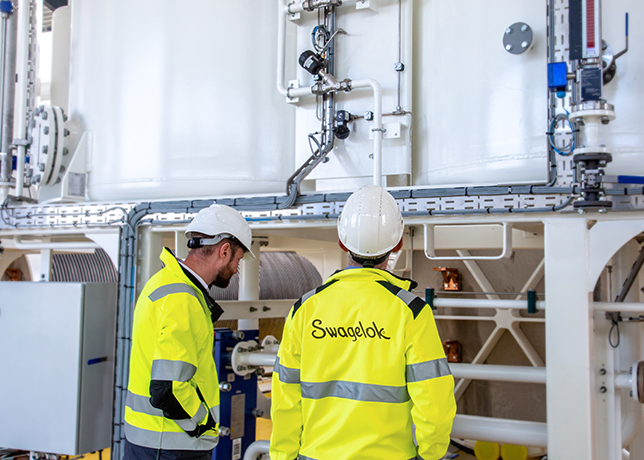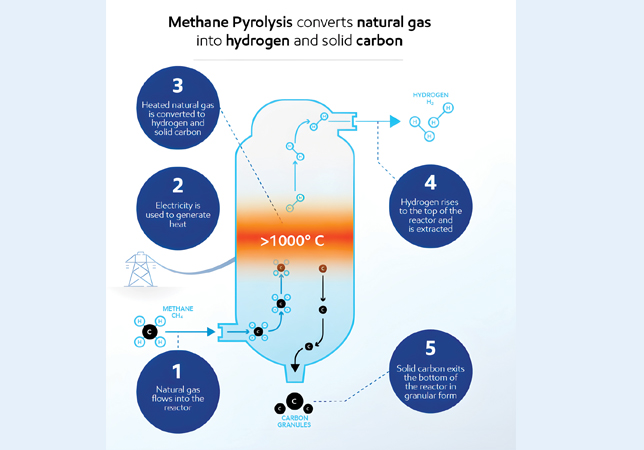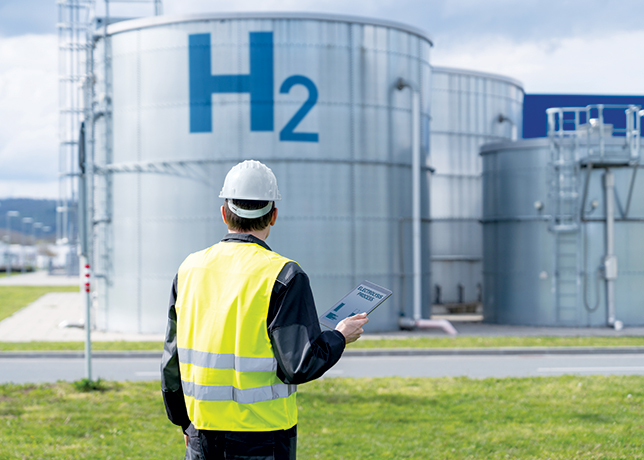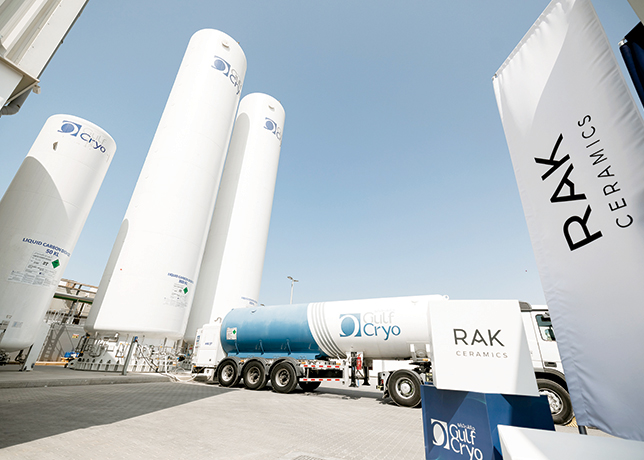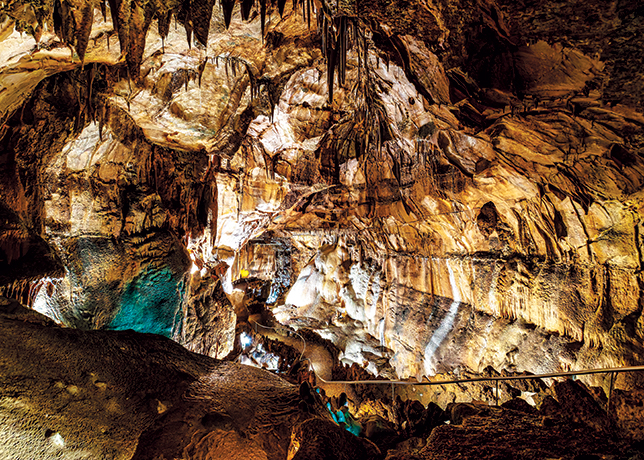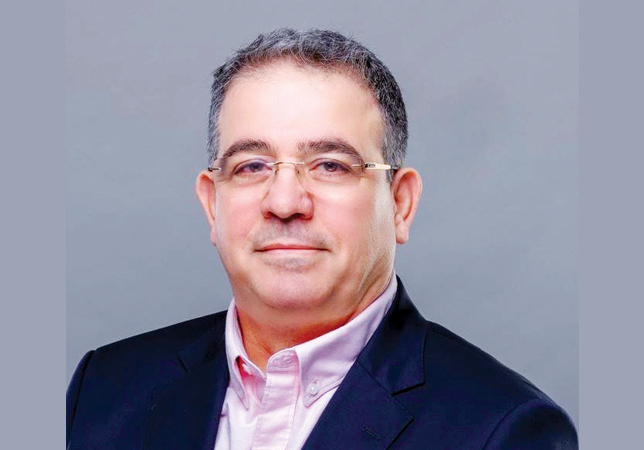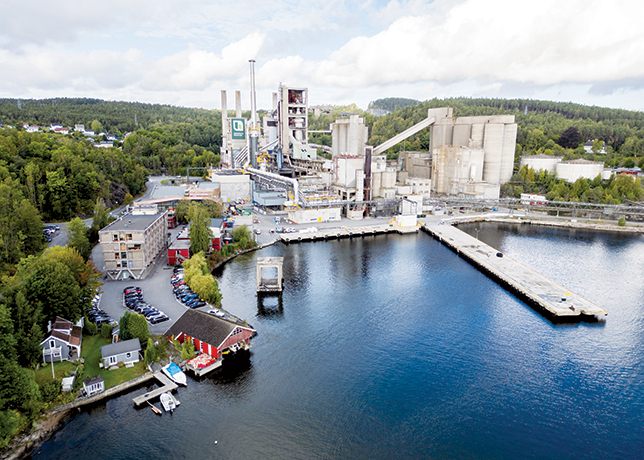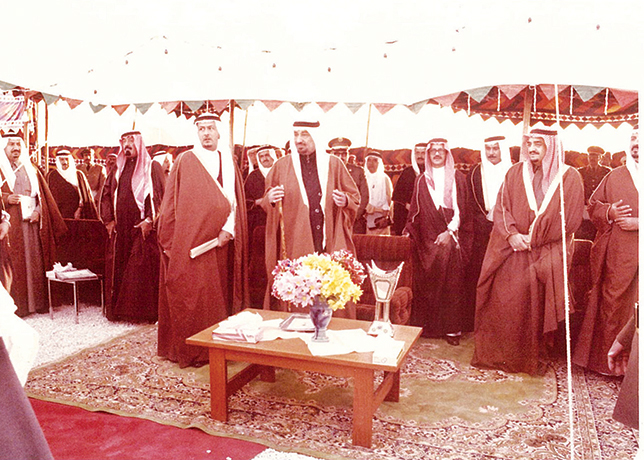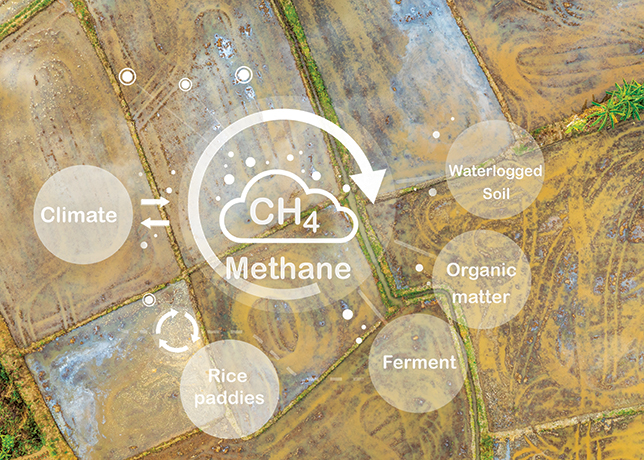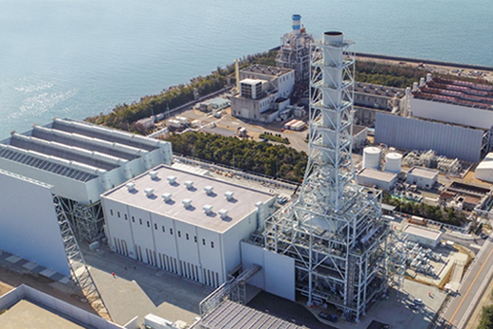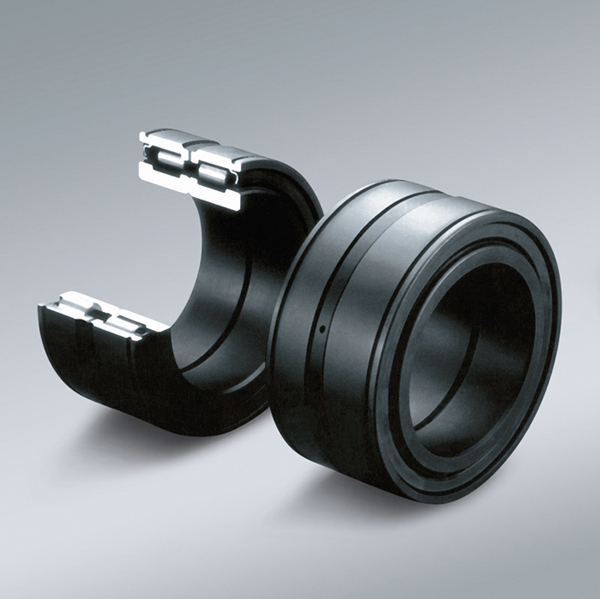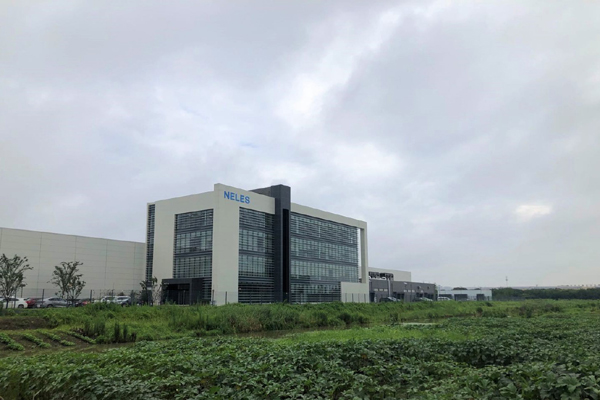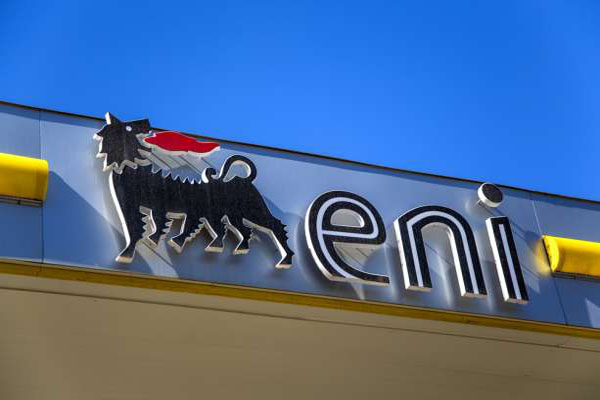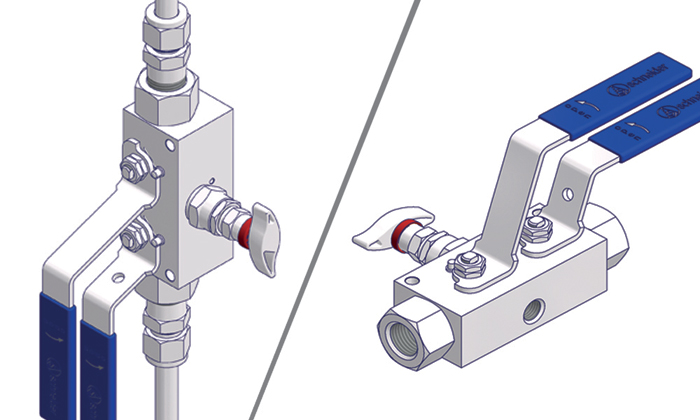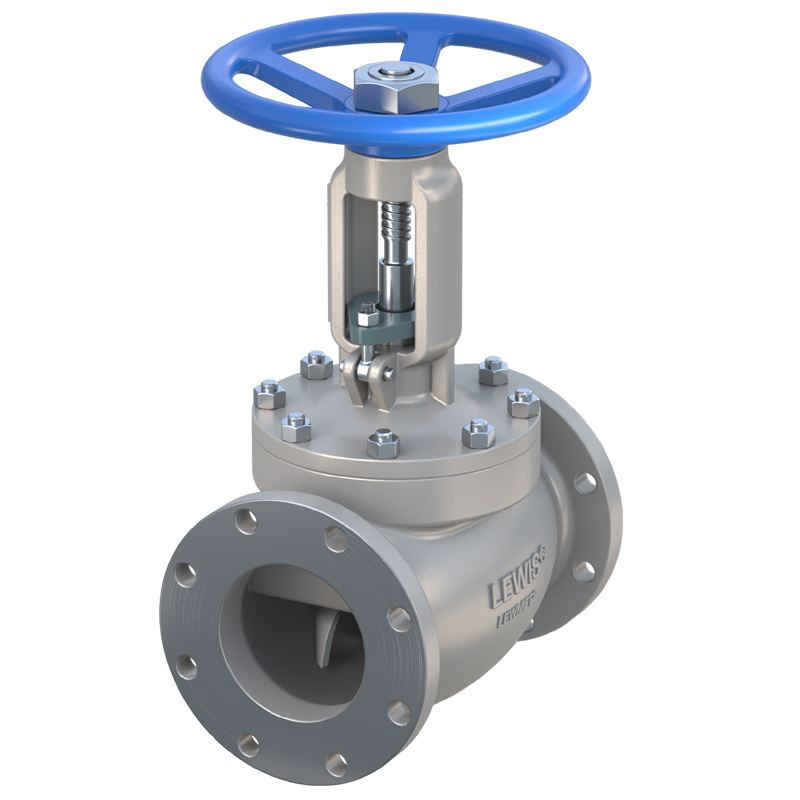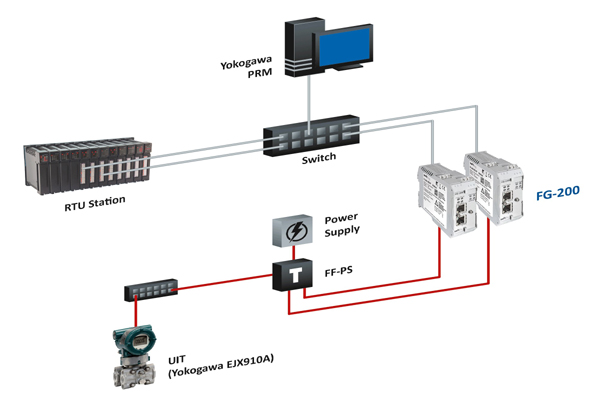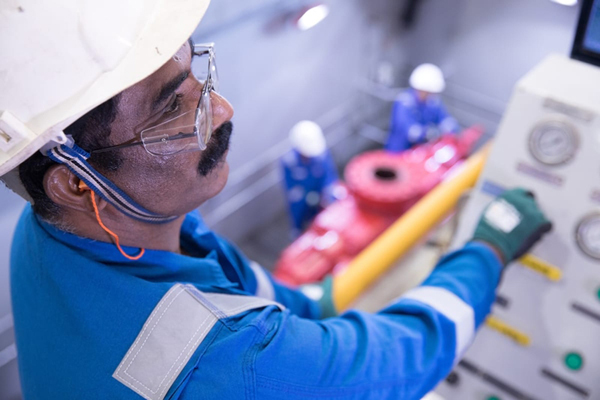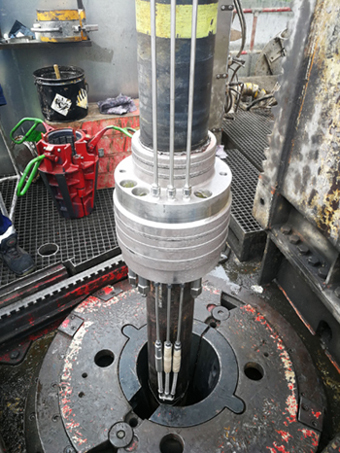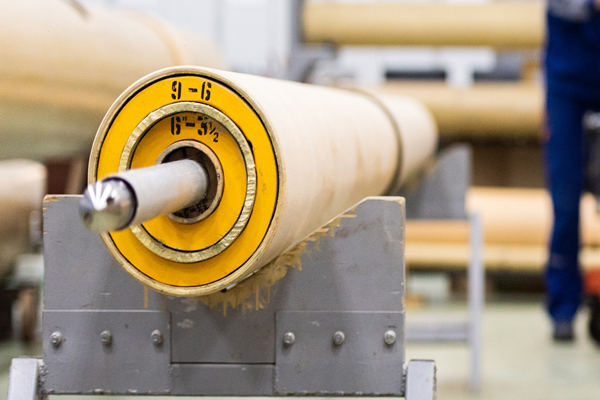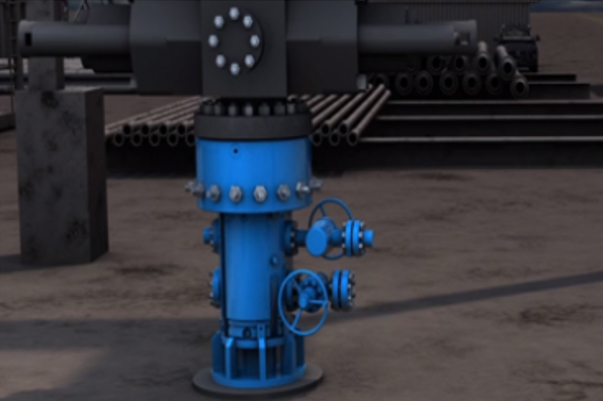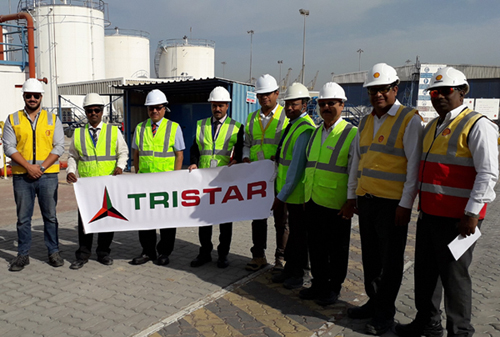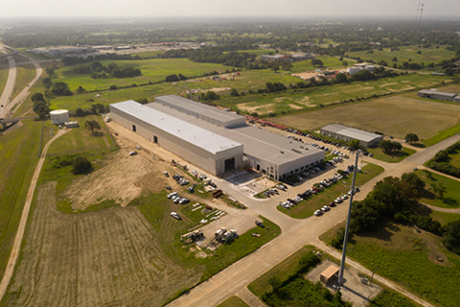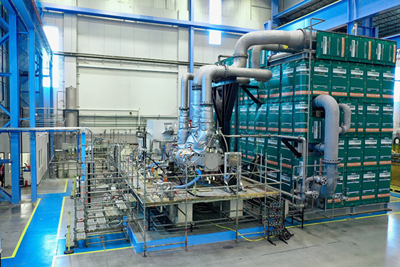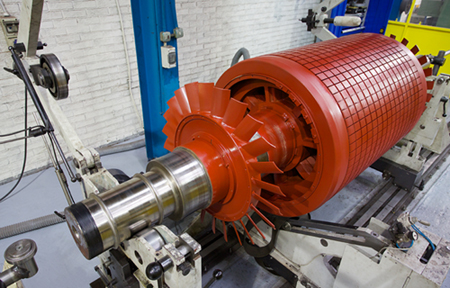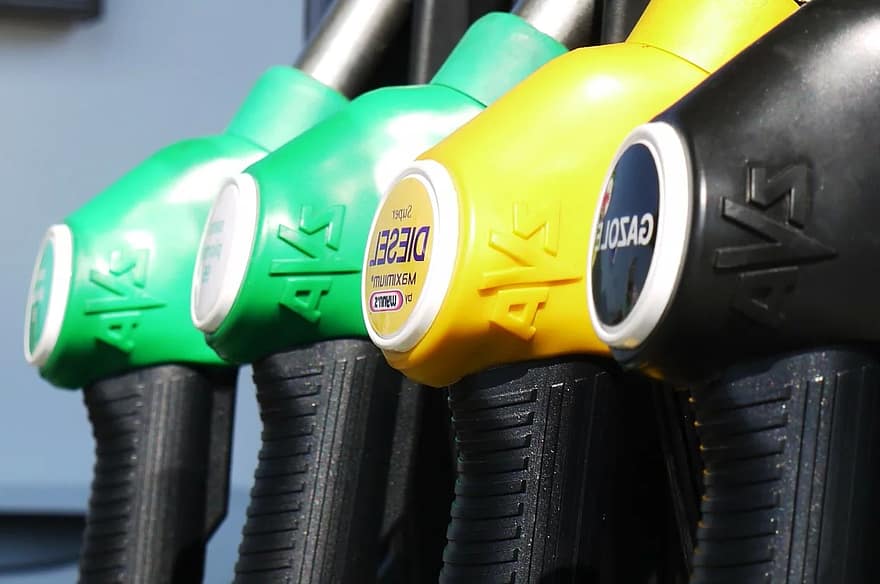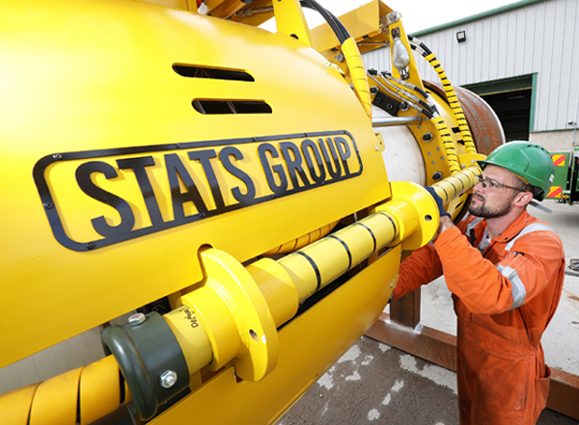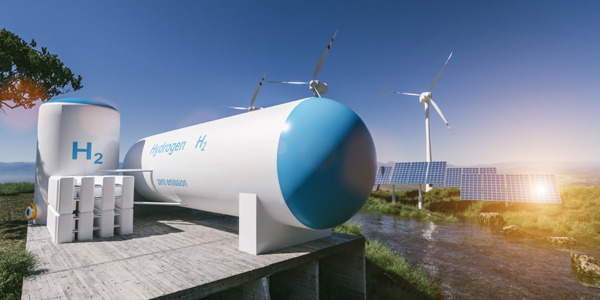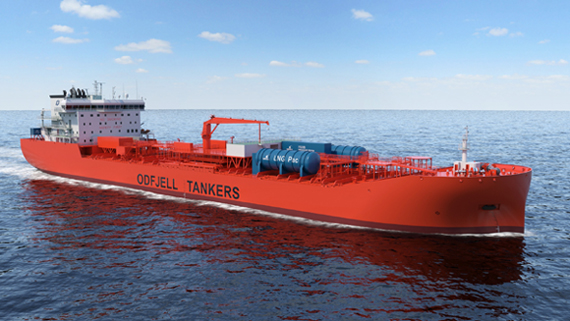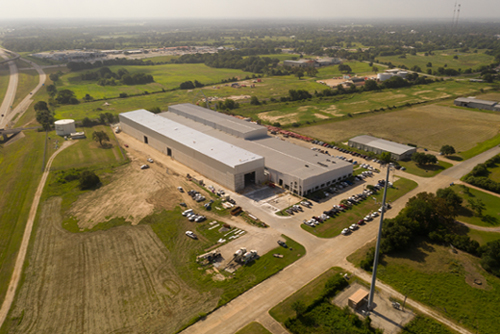
 Figure 1 The SURE process path
Figure 1 The SURE process path
This article was adapted from “SPE 93346” paper presented at the 14th SPE Middle East Oil and Gas Show and Conference held at Bahrain International Exhibition Centre, Bahrain, March 12-15, 2005.
The same paper “SPE/IADC 93346” was also selected for presentation at the 2006 SPE/IADC Indian Drilling Technology Conference and Exhibition to be held in Mumbai, India on October 16-18, 2006.
Introduction
The benefits of Under-Balanced Drilling (UBD) are now widely understood and revealed. However, the greatest impact that UBD can make is on the reservoir and its productivity. A recent focus in UBD operations has been to quantify this benefit through productivity increase comparisons against field averages.
When UBD succeeds, it works wonders: discovering hidden production zones; speeding drilling by eliminating lost circulation and differential sticking and increasing ROP; and improving production by reducing formation damage. The result - enhanced ultimate recovery and improved net present value (NPV). Yet too often, UBD fails to live up to its potential either because unsuitable reservoirs are drilled or inappropriate drilling technology is applied.
Accordingly, to determine if underbalanced drilling is economically viable, a detailed reservoir suitability analysis must be undertaken. Therefore, Weatherford, as the global leader in UBD, has addressed this concern by developing in partnership with industry experts in reservoir engineering, formation damage and risk analysis the Suitable Under-balanced Reservoir Evaluation, SURE, process.
What is the SURE process?
Think of the SURE process as a selective funnel that finds your underbalanced candidates from hundreds of prospective reservoirs. “The goal of SURE is to optimise the application of UB drilling and completion. (Figure 1).
The SURE process consists of two phases.
Phase I - 1) is initiated by assessing basic information about a specific reservoir and processing it through the quick look screening software. This proprietary software rates the candidacy of the reservoir to determine the likelihood of achieving success with UBD versus traditional drilling and completion techniques. Final results are expressed as a relative score ranging from -100 (most negative) to +100 (most positive) as shown in figures1 and 2) Also, it considers that some reservoirs are simply too technically challenging to be drilled underbalanced. So, the exclusionary factors are considered (Figure 3).
Analogs of comparison; SURE produces an analog comparison graph. The goal of the detailed Analog Study is to provide an estimate of productivity for the candidate reservoir by comparing the level of success UB has achieved in similar reservoirs. Figure 4 shows a generic example of historical analog comparison for five analog reservoirs plus two reservoirs under evaluation, RST1 & RST2.
At this point the operator will decide whether to proceed with UBD, continue the SURE process, or eliminate the reservoir from candidacy. If the decision is taken to continue with the SURE process, Phase II in-depth analysis begins.
Phase II- involves a high level of data gathering, interpretation, and interaction between the operator and the SURE Team (Figure 5). The proprietary Reservoir and Damage Analysis software - RDA is a key part of this process. The novel module within RDA is a radial isotropic near well-bore damage prediction software that will predict the possibility of 11 potential damage mechanisms. This will give the operator a much higher degree of confidence when making decisions on whether UB is an option that should be explored in maximising the net present value of the candidate.
Probabilistic vs
Deterministic Methods
Treating the parameters that contribute to the final results of an underbalanced drilling project as discrete values ignores the interaction of the variation in different reservoir parameters. The advantage of using a probabilistic methodology is that it provides a more realistic and accurate representation of the suitability of UBD to a candidate reservoir.
Near Wellbore Formation
Damage Analysis
The RDA programme calculates the invasion depth and the reduction in permeability from empirical equations, numerical correlations and rules for each separate damage mechanism. Finally the RDA program computes a composite reduced permeability taking into account the individual damage mechanisms for each zone (shallow and deep). (Figure 6).
The composite permeability is then converted to a single equivalent zone of reduced permeability and radius around the wellbore
Analytical Production Module
Combining the skin distribution and other inputs, a risked production forecast is estimated by using an analytical model which incorporates the following modules: Flow regime, Fluid PVT, Relative permeability and Material Balance.
SURE Team: Authorised Fund
Expenditure, AFE Module
Since most of the work done on well site by service companies and rig contractors is charged by a day rate, the time spent drilling the well will have a big impact on the cost of the project. Based on given criteria such as ROP, bit life and tripping speed the expected time to drill the well can be calculated and hence the cost of the well. Once the risked AFE inputs are run in the Monte Carlo simulator, cumulative output graphs and corresponding tornado chart of total cost can be analysed.
Net Present Value Analysis
The last step in the SURE modelling is the NPV analysis. By combing the production forecast with the AFE analysis, a net present value is calculated. Simple fixed and variable operating expenses can be taken into account when calculating the NPV. Figure 7 shows Production Forecast and Cumulative Net Present Value Curves for UB and OB well.
Conclusions
• The SURE process methodology is a simple, fast and reliable way to accurately pick the right Under-Balanced Drilling candidate.
• Candidate screening is a rigorous, deliberate process, and is a critical first step in the design of a successful underbalanced drilling operation.
• Detailed economic analysis is an important step to determine the benefit that under-balanced drilling could provide compared to competing conventional drilling and completion technologies With the SURE process, engineers get solid data showing risk-based probabilities of success and warnings to the most critical execution factors that will impact the productivity of each well.



